Embed presentation
Downloaded 13 times
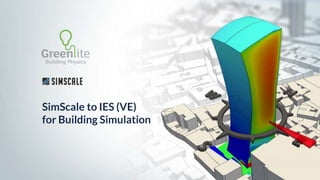
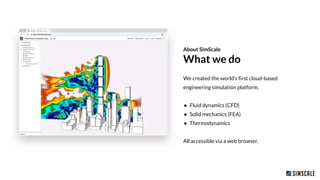


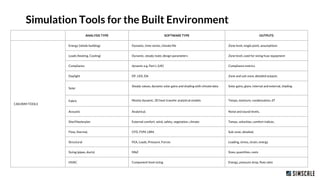

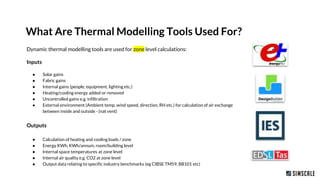


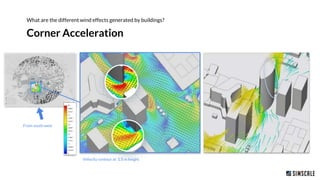



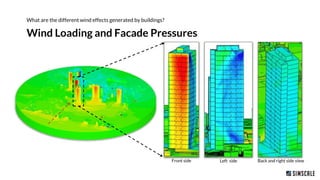






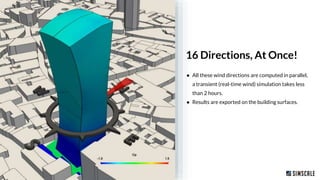
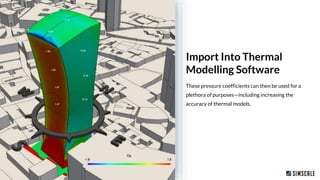
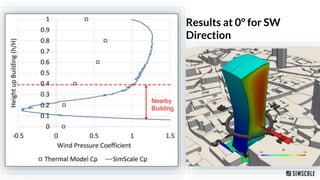



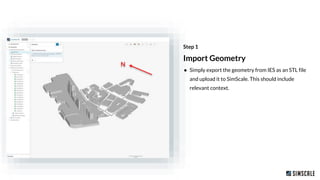


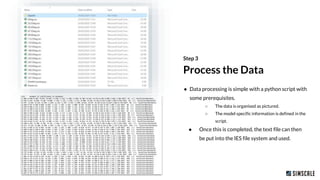


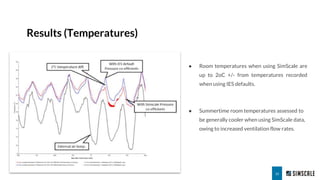



SimScale offers the first cloud-based engineering simulation platform for building physics, including fluid dynamics, solid mechanics, and thermodynamics, accessible through a web browser. The platform integrates various simulation tools for building design, analyzing energy loads, thermal comfort, and HVAC systems, complying with industry standards. Key features include dynamic thermal modeling and computational fluid dynamics (CFD) to evaluate air exchange, temperature distributions, and ventilation performance for improved building design and compliance.


































